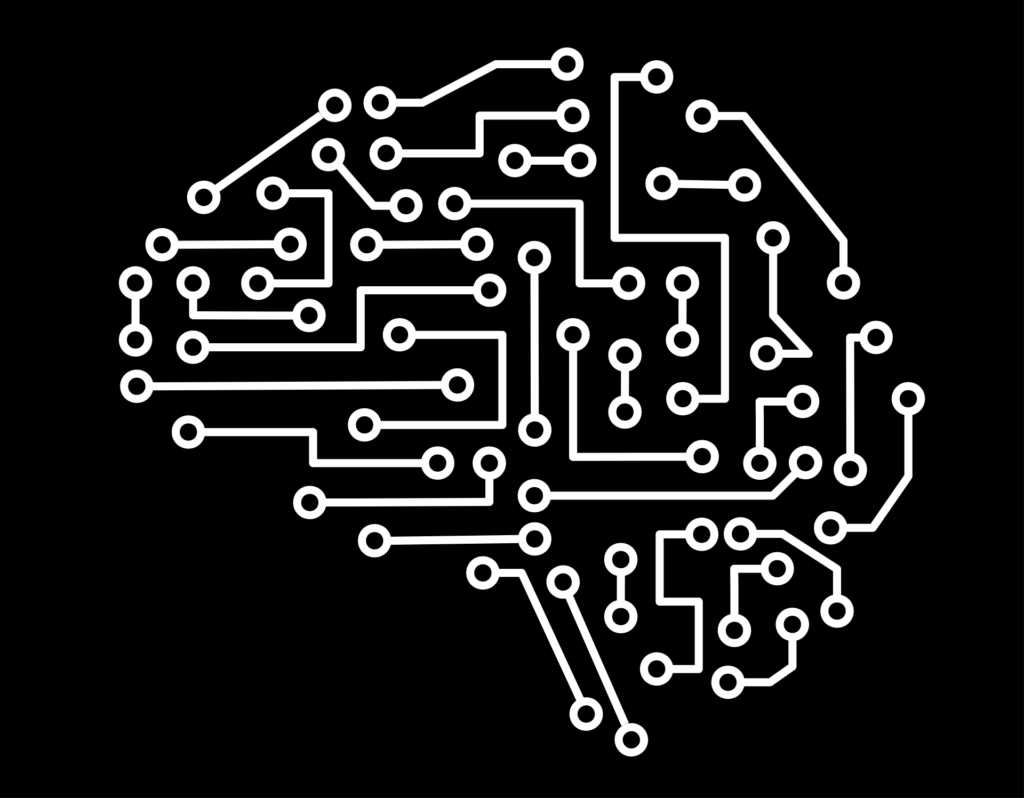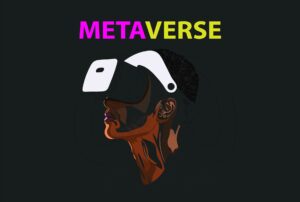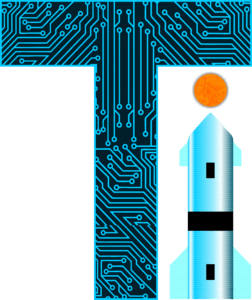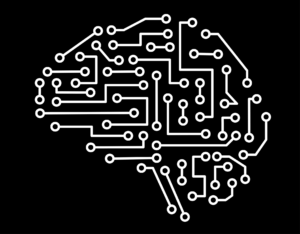What forms the basis of Artificial Intelligence? How do self-driving Tesla cars operate? How does facial recognition work?
These are some of the questions that will be clear to you by the end of this post about the role of neural networks in machine learning. We are not going to go into the complicated bits and the mathematics just to keep it simple, but what you are about to read will be enough for you to get started on this topic.
Definition
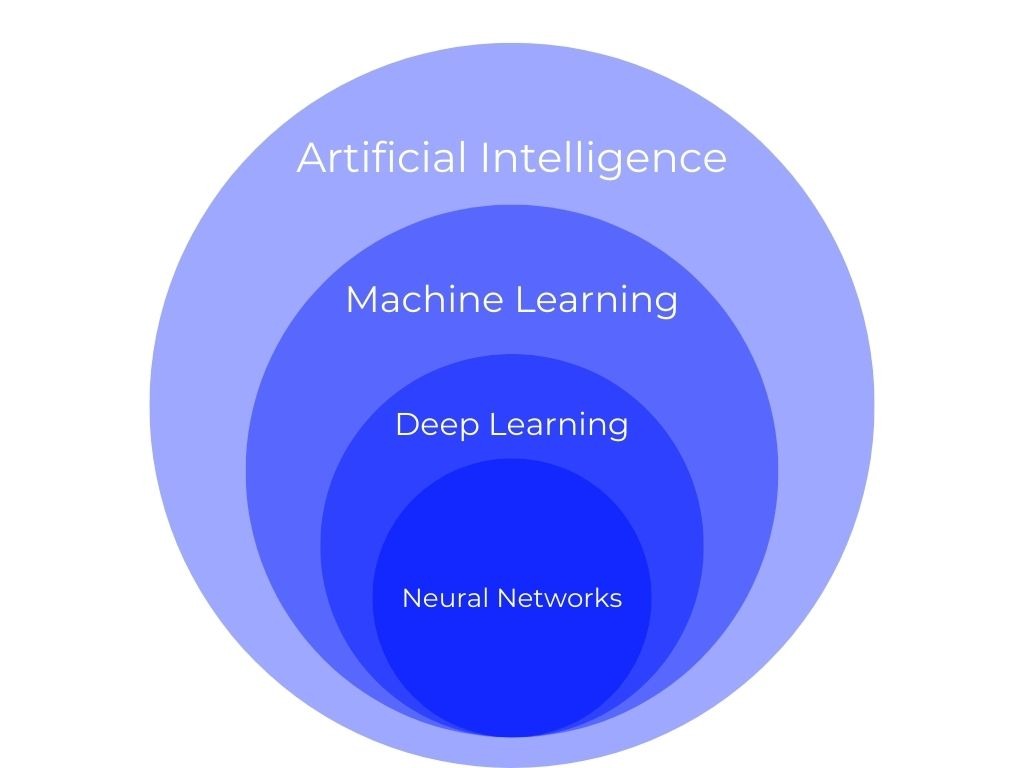
This diagram shows that Machine Learning drives Artificial Intelligence. One of the computational techniques of machine learning is Deep Learning, which is based on neural networks and is used to teach computers to perform tasks that are easy for humans but hard to put into code.
Artificial neural networks are inspired by the biological neural networks in our bodies. All the functions that our bodies perform are driven by billions of neurons firing electrical signals in complicated networks. Human beings learn about the world by observing their surroundings. All the little details that humans see form their perception of reality. Behind all this, there are highly complicated tasks being carried out by the biological neural networks.
Just as humans use their biological neural networks in observing the world around them to learn and operate, a machine can be taught how to view the world just like that by the use of deep learning which involves artificial neural networks.
Now, you may have seen many science fiction movies about robots and artificial intelligence. We will give two examples, first is the movie Terminator 2: Judgement Day in which there is a scene where John Connor teaches Arnold’s T800 phrases that a person would use, it is for comic purposes but that robot is made of a neural network that takes in information and learns about the world like a human. In real life, this would be quite hard but achievable, more on this later.
Another example is Marvel’s Avengers: Age Of Ultron, which is all about how an artificial intelligence program made to protect humanity goes against the Avengers. There is a scene in which its neural network analyzes the world and its issues, and concludes that the Avengers are the problem. Let’s hope that if we ever create such a program, it doesn’t go rogue.
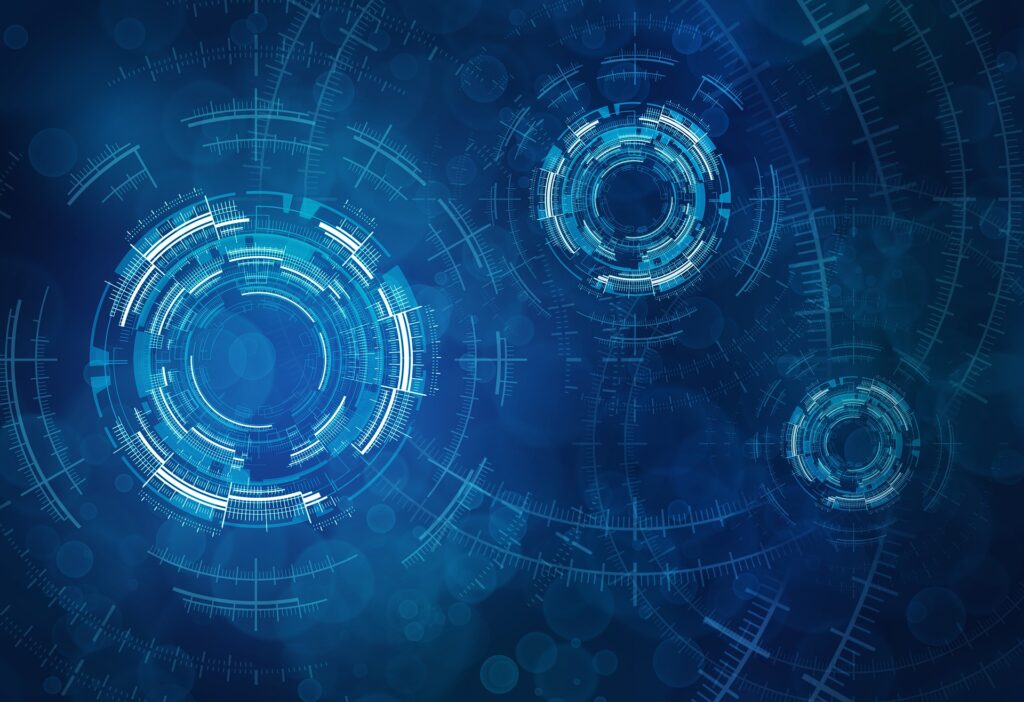
Applications
• Self-driving cars
The importance of neural networks in machine learning is already shown in the case of self-driving cars. To explain the application of neural networks in self-driving cars, we have to dive a little deeper into how they operate. We will take Tesla’s autopilot technology as an example.
A human being drives a car by seeing and analyzing their surroundings. We do it by utilizing our sense of vision. Light, reflected from objects hits our eyes and we see what is around our vehicle. The computer systems of self-driving cars can be made to distinguish and recognize images similar to humans. Self-driving cars use cameras to feed raw images and videos of roads into the neural networks. Algorithms are written and run, that train the neural networks to make predictions.
Neural networks are essential to self-driving cars as they can mimic human perception in computers. In the future, self-driving cars will be commonplace. Tesla is at the forefront of this technology, and it is bound to succeed.

• Humanoid robots
Self-aware humanoid robots may not be a thing of science fiction today. Just as a car can be made to think and see the world like a human, so can another form factor, which is a humanoid robot. By analyzing information from images and videos, robots can mimic human behavior. Take the Tesla bot as an example, it is essentially built on the same principle as the self-driving Tesla cars.
Elon Musk, the CEO of Tesla Motors, has pronounced Tesla cars as robots on wheels, so of course, that same technology can be used to build an actual humanoid robot or any kind of robot. Mankind can benefit a lot from trained neural networks so that jobs can be done quickly and easily without any human effort. Neural networks in machine learning are essential.
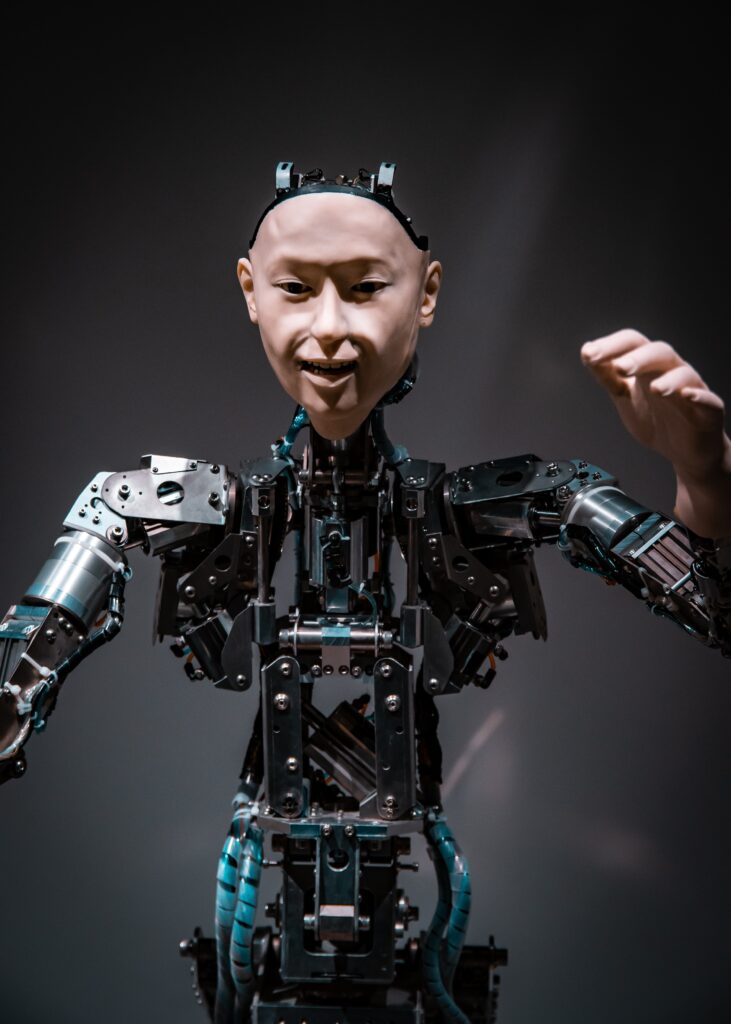
• Facial recognition
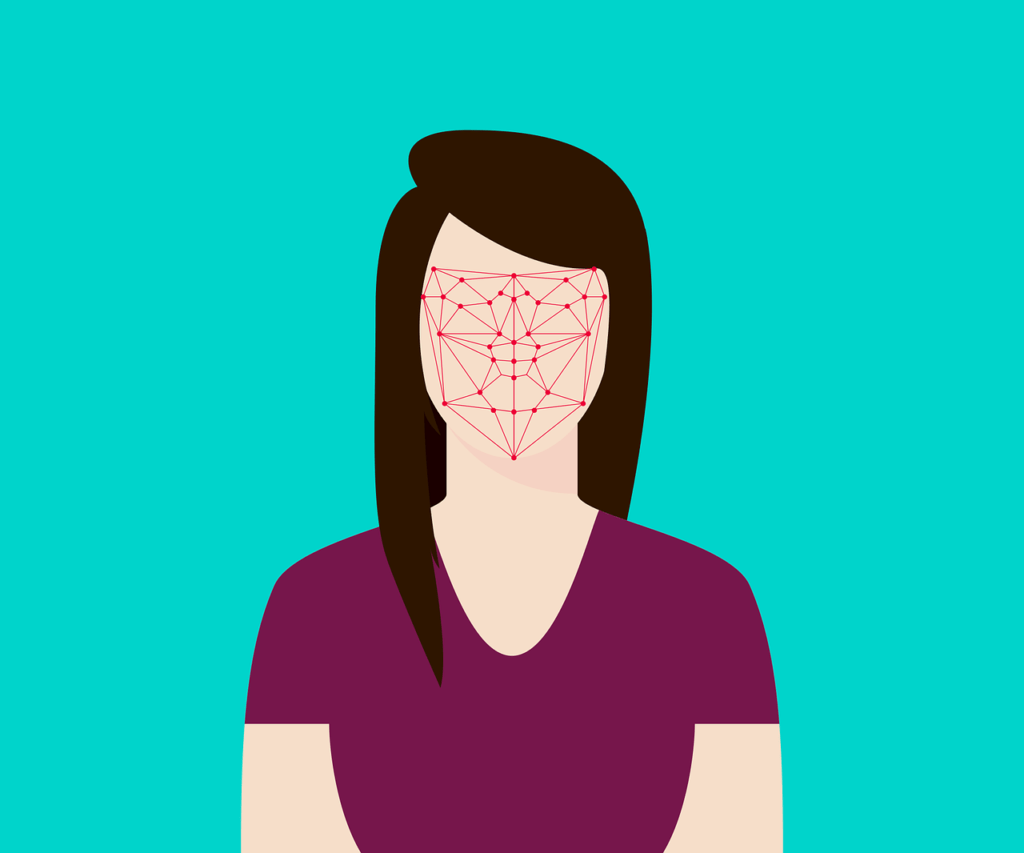
• Music composition
On the internet, you may have heard music generated by artificial intelligence. Neural networks in machine learning train themselves by looking at patterns. We will get deeper into the working of neural networks later in this post, but to see how artificial intelligence generates original music is truly fascinating and it is done by pattern recognition. The raw data in the case of music composition would be the individual components of a piece of music. The components would be the bass, the drums, the guitar, the vocals, etc.
Neural networks can output new music by analyzing already made music. Artificial intelligence is already being used in many areas where “new” music of old artists is produced simply by feeding the already made music by those old artists into the neural networks for pattern recognition.
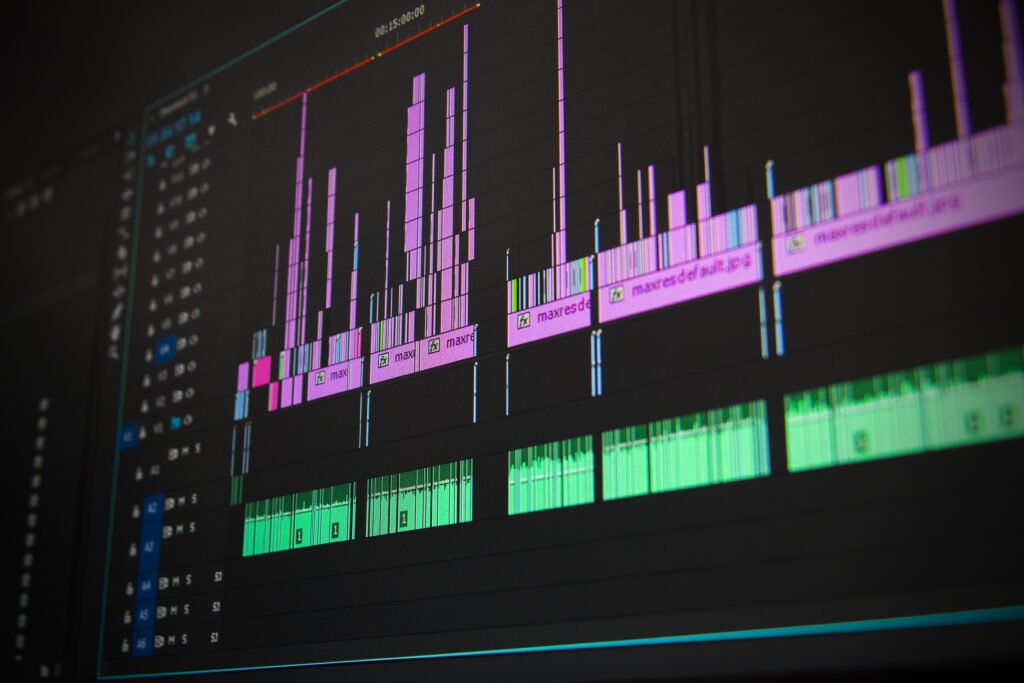
• Marketing and data analysis
This application of neural networks ties into controversy, as some companies already use them for targeted advertising and more. Has it ever happened to you that you were just thinking about a product or looked it up on Google, and it popped right up on your Facebook feed the next minute? Well, it is not because your device listens or that it reads your mind, it is because neural networks are at play in the background.
The deep neural networks analyze your online activity, your age, your gender, your interests, your location, and more to display relevant ads. In the future, the role of neural networks in machine learning could prove to be transformational in digital marketing. Neural networks could replace traditional data analysis techniques and provide faster methods for devising business plans.

• Speech recognition

• Autonomous AI systems
Lastly, perhaps the biggest use of neural networks could come in the form of completely autonomous AI systems. Like Jarvis in the Iron Man movies, there could be artificial intelligence systems for individuals or even companies to perform large data processing tasks.
Humans could just live their lives peacefully, while their businesses, taxes, and even chores are managed by trained neural networks. This would require a lot of work but it is achievable.
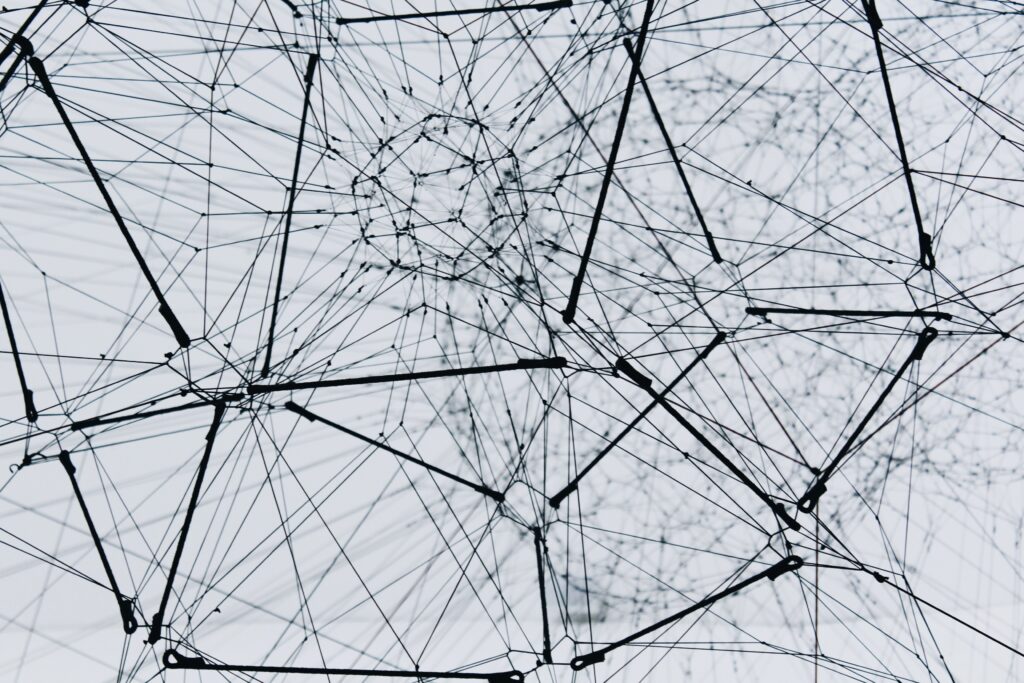
Working
Let’s now get into how neural networks in machine learning work. As shown in the diagram before, neural networks are a part of deep learning (a technique used to teach machines to “think” like humans). In simple terms, neural networks are self-learning, they can predict certain outcomes about different things given relevant datasets as input.
The working of neural networks in machine learning is complex, here we will give a proper understandable explanation that will not be too difficult for a beginner to understand.
Starting simple, as it may already be clear to you, neural networks in machine learning are inspired by biological neural networks. The biological neural network consists of the brain, the thinking unit, and the individual brain cells called neurons. Neurons are connected in highly complex networks and exchange electrical signals with each other to transfer information. A little biology for you!
Similarly, neural networks in machine learning consist of neurons called nodes. And artificial networks are algorithms.
A basic deep neural network architecture consists of three parts or layers, each layer consists of individual nodes or neurons (artificial of course). All these layers are programmed. Following is a bit more detail about the layers that make up neural networks.
1. Input layer
Neural networks in machine learning start with an input layer. The input layer is where we put in datasets or raw data about the specific subject that we want our neural network to be trained about.
For example, if our programmed neural network is to be used in a self-driving car computer system, the raw data comprising of images and videos would be fed into the neural network through the input layer. After the data is entered into the input layer, the nodes perform operations on the data like analysis and transfer the data to the next layer.
2. Hidden layers
3. Output layer
• Process
Deep neural networks work with the above-mentioned layers. Suppose we have a dataset comprising several elements and components. As the dataset is entered into the input layer of the neural network, each node of the input layer takes on a component of data. Each node or neuron of one layer is connected to a node in the next layer through connections called channels. A numerical value, called weight, is assigned to each channel.
The inputs fed into the nodes of the input layer are multiplied by the corresponding weights, and their sum is sent as input to the next layer, which is the hidden layer. Each node in the hidden layer is associated with a bias, a constant numerical value. The bias is added to the sum and the resultant value is passed through an activation function. The result of the activation function determines if a node gets activated or not. The data passes from one node of a hidden layer to another node of the next layer only if the initial node is activated.
That is how data flows in a neural network. This is called forward propagation. When we reach the output layer, the neuron with the highest value determines the output, the output has to relate to the initially entered dataset.
If the output or the prediction of the neural network is wrong, then the network is trained through backpropagation. In this process, the output is also fed into the network. It is a process through which the neural network works its way back from the output. The output is compared with the predicted output of the neural network, the data is analyzed and the magnitude of error is determined. Based on the determined information about the errors, the weights of the channels are changed to match or come close to the actual output.
This process of forward propagation and backpropagation is continued back and forth until the neural network outputs the correct data. Neural networks need several examples of data to train themselves. There is no definite amount of time that a neural network takes to get trained, it can take some hours or it can even take months.
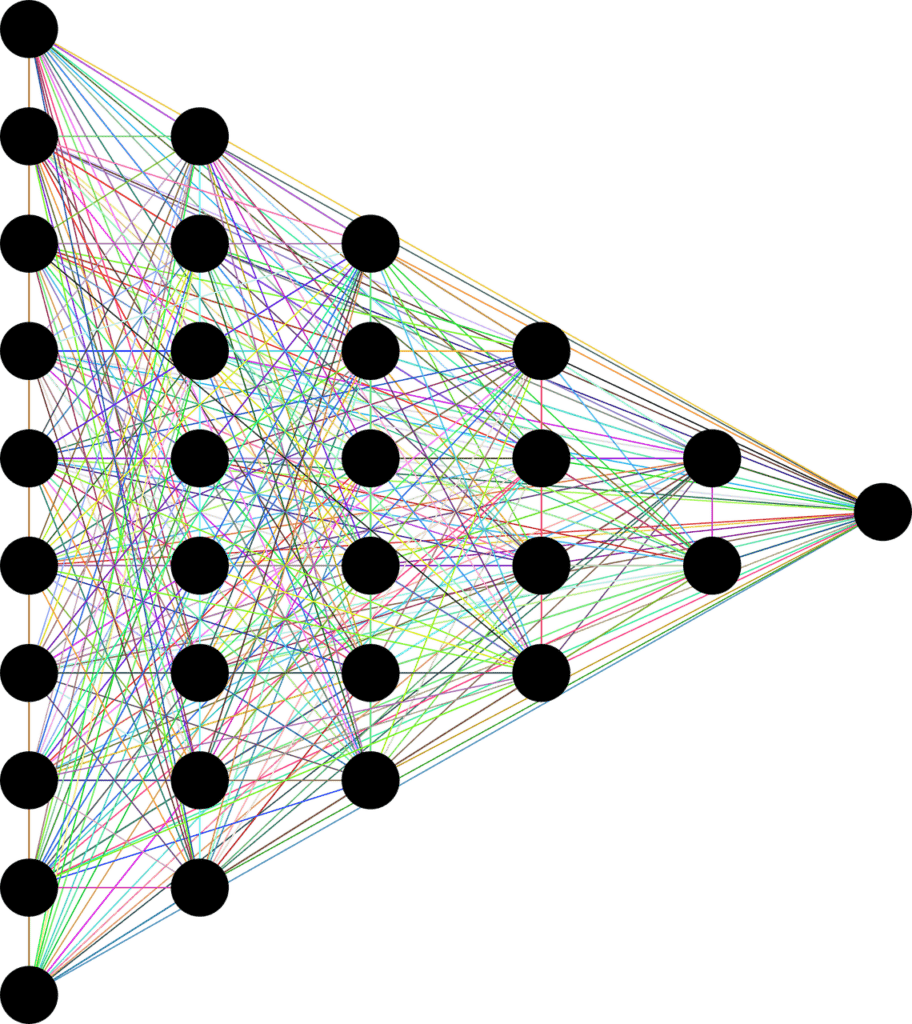
• Types of neural networks in machine learning.
• Recurrent Neural Networks
• Convolutional Neural Networks
• Feed Forward Neural Networks
Future and Limitations
Neural networks in machine learning certainly have a big future. Neural networks are going to drive many fields in tomorrow’s world including the ones mentioned and explained before.
Like every developing technology however, artificial neural networks do have their limitations. A huge amount of datasets is required to train a neural network, and that is all human-annotated data. Other machine learning techniques require a lesser amount of data to work with. Neural networks can take a long time to be trained as well, so it is computationally expensive to train them.
At the end of the day, limitations are there to be overcome. With the current progress of technology, all the limitations will be overcome one day. Neural networks will allow for systems that will help mankind even in the smallest of tasks. They are designed to mimic human thinking. Sure, human beings can think better about the world contextually, but machines have more processing power. There is only one way to find out how it all works out for us, and that is through the right use of neural networks in machine learning.


